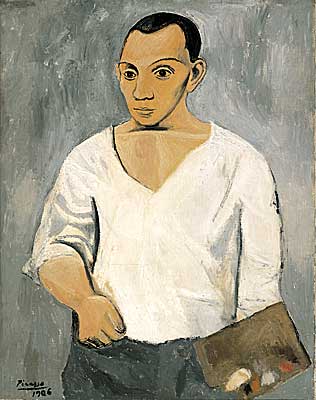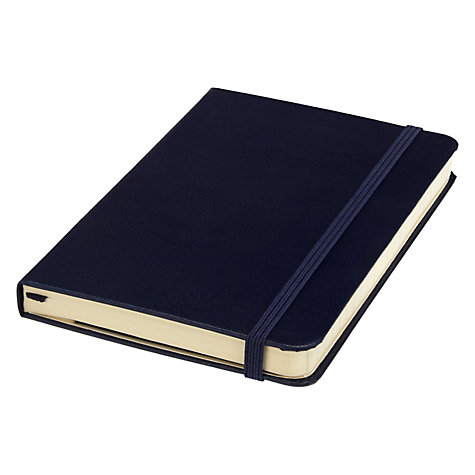Precise Digital Reproductions Allow More People to Own and View Masterpieces...Minus the Work’s Soul
You are in the Chauvet cave, 35,000 years old. As you enter, the walkway you traverse winds around spot-lit, saber-toothed stalactites and stalagmites. The rough-skin texture of the stone walls is slick in the perpetually damp dark. Your flashlight picks out first one, then more, prehistoric paintings on the wall. A deer, bison, a rhinoceros, all painted in charcoal black by Paleolithic hands. Or were they?
Something is missing, even a blind person could tell that. The scent is all wrong. Instead of damp mustiness, it smells of, well, tourists. You are not in the real Chauvet cave, which is closed to the public, as the atmospheric conditions which preserve its fragile paintings must be maintained. Instead, you are in the Caverne du Pont d’Arc, a recently opened replica of the Chauvet cave. It’s accurate down to the last undulation of the stone wall—to the last stalactite—but patently false.
CLICK HERE to read more... article by Noah Charney (Aug 8, 2016) in Zócalo Public Square, Arizona State University.


























